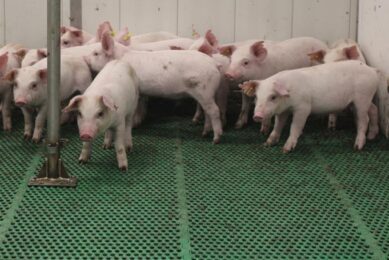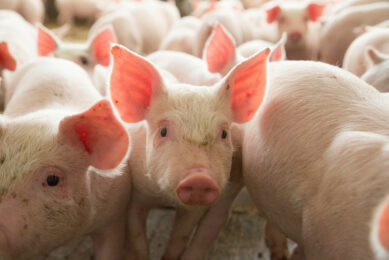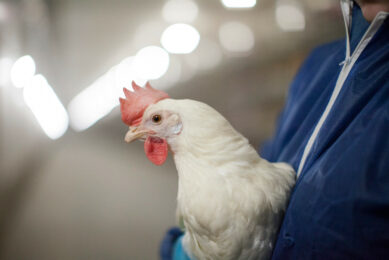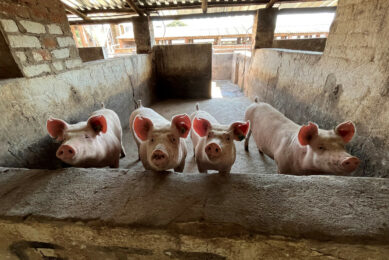Stress, semen and South Africa in Pig Progress 5
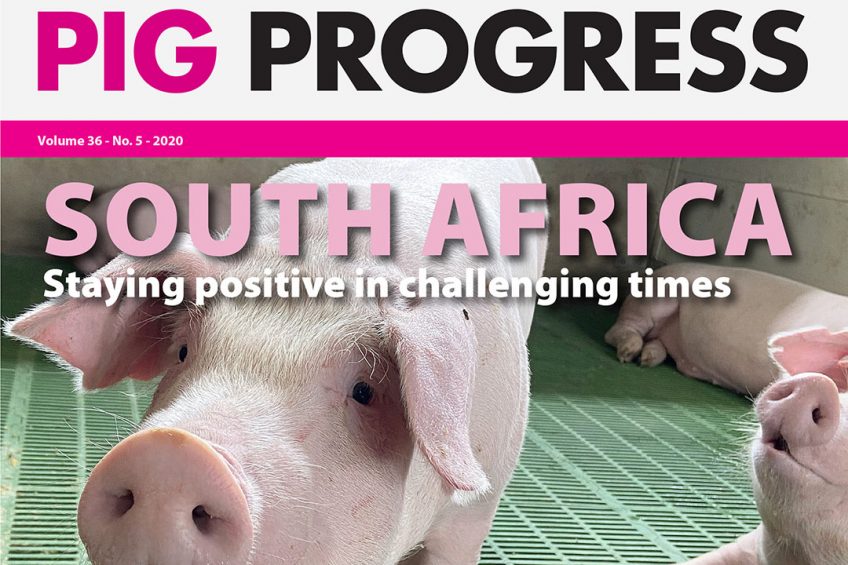
Heat stress as well as breeding and genetics are 2 of the key topics that feature in the latest print edition of Pig Progress. Questions that will be answered include how nutrition can help alleviate heat stress for sows – and also a dose of pig semen is followed on its route from stud to sow. How to make sure it arrives safely?
View Pig Progress Digital Magazine
Contrasting worlds of pig meat production
An analysis paints a very interesting picture by looking at how the least developed countries compare to the leading countries in terms of the dynamics and patterns of global meat production. Despite the comparatively low importance of the least developed countries in global pig meat production, the dynamic development in several countries is worth noting. Page 6
Nutritional solutions for sows under heat stress
Pigs are highly susceptible to heat stress. Bruno Silva, a professor in swine nutrition and environmental adaptation, explains how the efficiency of lactating sows is compromised every time environmental temperatures create a situation that is above or below particular threshold values. He also unpacks strategies to help sows cope. Page 10

Keeping pigs cool when temperatures spike
The EU PiG Innovation Group aims to share best practices and innovations in swine production. Each year, the partner network acknowledges a number of ambassadors, whose innovations impressed. One of the 2020 innovations is a high-pressure fogging system that reduces the temperature of air entering a pig house by up to 8°C. Page 13

Pig Progress interviews Alltech CEO, Dr Mark Lyons
Dr Mark Lyons, CEO of Alltech, shares his ever-evolving thoughts on the future of agriculture. In a time of worldwide disruption where many challenges exist, he sees opportunities. “With upcoming new technologies, improved farm management practices and the ingenuity of mankind, a world of abundance could be ours,” he says. Page 14

What constitutes having the ‘best’ pig farm?
Having a well-run pig farm is perhaps most reliant on the people who work there, according to Valerie Duttlinger, the chief analytics officer at Summit SmartFarms, during a presentation at the Alltech ONE conference held in May. Page 16

Compensatory growth post-weaning
Columnist John Gadd discusses compensatory growth post-weaning, and why it should be so controversial. Page 17
Staying positive in South Africa in challenging times
Power cuts and poor pork consumption are just 2 of the challenges South African pig farmer CP Kriek faces on his farrow-to-finish pig farm with 2,200 breeding sows and a 250-sow genetic nucleus. Investing in new technology and modernising ageing pig housing is Kriek’s strategy to control his costs. Page 20

From stud to sows – how to truck semen?
Temperature differences and vibrations are just 2 factors that can affect pig semen quality during the journey from boar stud to breeding farm. We look at the journey of semen from an AI centre to a farm and consider what is important to keep in mind for a successful delivery. Page 24

Gene editing offers avenues to end castration
Developments in gene editing could move the global pork industry closer to the end of pig
castration. In the EU, gene editing is not permitted. Will these new developments change that? Page 30

A mother’s view on piglets
Casey Bradley tells us how her experiences as a mother have made her a better professional, with the biggest trait being empathy. Page 34
To read the full articles, simply click on the digital magazine section and then on Pig Progress 2020-5. Registration is free.



